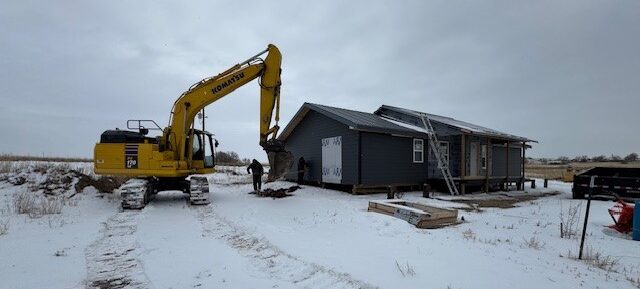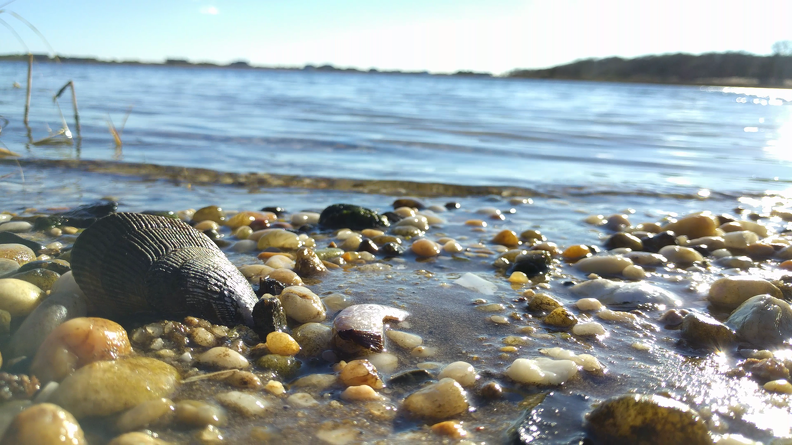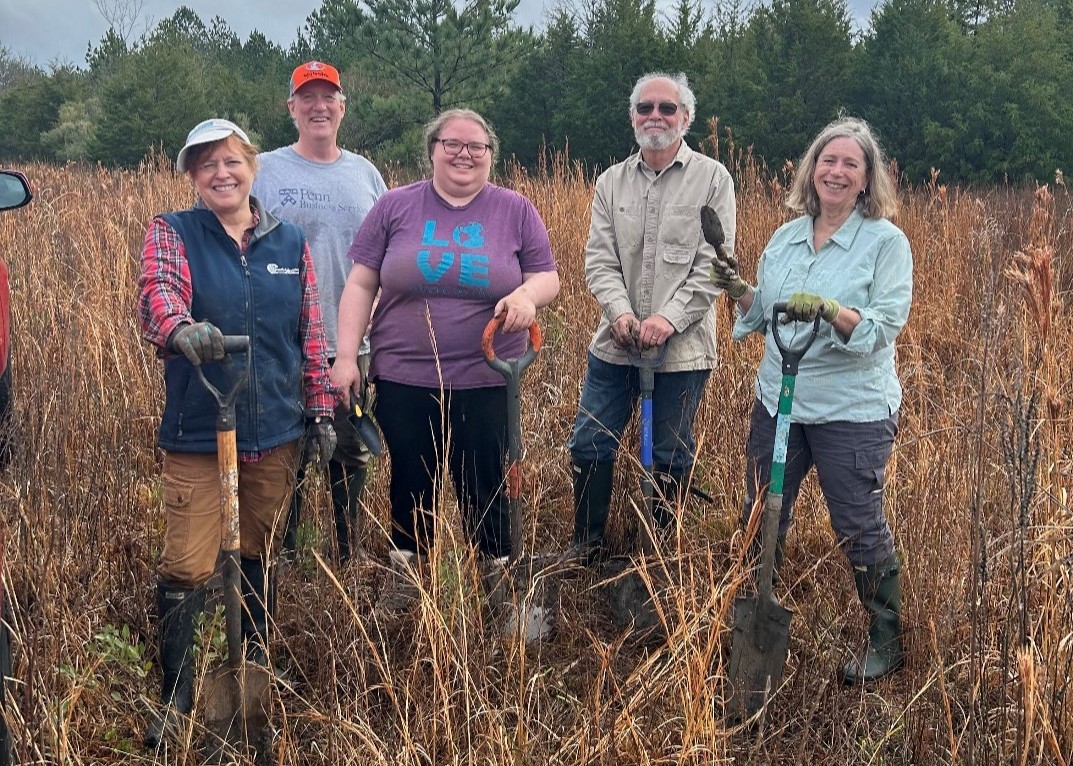Environmental sovereignty in tribal communities is the inherent right of Indigenous nations to manage, protect, and sustain their natural resources — land, water, and air — according to their own cultural values, traditional knowledge, and governance systems. It goes beyond basic environmental management by affirming the political and spiritual authority tribes hold over their ancestral homelands and ecosystems.
It encompasses efforts like restoring Indigenous stewardship practices, reclaiming land and water rights (“Landback” and “Water is Life” movements), and asserting leadership in environmental justice and climate resilience initiatives.
Whether selective forestry of the Menominee Tribe (Wisconsin) to support the logging industry while maintaining thriving forests, cultural burns of the Karuk and Yurok Tribes (California) to prevent devastating wildfires, or one of Running Strong’s many youth-led Environmental Justice programs, Indigenous people across the nation are fighting for their rights to steward their lands and ensure a healthy future for their people.

Running Strong’s Clean Water programs on the Pine Ridge and Crow Reservations, led by local community members, connect Native families to clean running water — a direct act of sovereignty and self-determination. This initiative embodies environmental sovereignty by restoring tribal control over essential water resources and affirming Mni Wiconi — “Water is Life” — as truth.
Autumn Harry (Pyramid Lake Paiute Tribe) leads Healing Waters Institute to develop youth water protectors, asserting that resource extraction and other violent acts against the water and land directly results in violence against Indigenous women and communities.

Dreamstarter McKalee Steen (Cherokee Nation) champions the Landback movement through her “Indigenous Youth Perspectives and Action on Landback” conference, bringing Native youth together to discuss sustainable reclamation and management of tribal lands and natural resources.
"Reduction of Indigenous lands was near total… but we are resilient people and have persistently worked to regain access, stewardship, and authority over our lands."
McKalee Steen (Cherokee Nation)
Easton Chong (Native Hawaiian) revitalized Hawaiian coastline through traditional stewardship and science-based restoration. This work reclaims Indigenous environmental governance — one of the clearest expressions of environmental sovereignty.

Dreamstarter Cruz Collin (Oglala Lakota) demonstrates environmental sovereignty through renewable energy innovation. His project designs sustainable solar technologies based on both Lakota science and Western engineering to power tribal communities. His goal: to ensure Indigenous people “lead the world toward a sustainable future through our sciences and traditional knowledge”. By developing community-owned clean energy systems, Cruz advances tribal energy sovereignty — the right to produce and control energy in harmony with cultural and ecological principles.
Dreamstarter Kelsey Leonard (Shinnecock Nation) mobilizes Indigenous youth to protect ocean ecosystems and advocate internationally for Indigenous-led marine conservation and the Rights of the Ocean. This represents environmental sovereignty extended to ocean stewardship — Indigenous peoples reclaiming authority to protect their coastal territories and waters from pollution and exploitation.

Dreamstarter Aaron Baumgardner (Catawba Indian Nation) integrates ecology and art through Wąsa Wasáp KačachęɁ, a project restoring rivercane and revitalizing basketry traditions. By restoring ecological systems and cultural practices simultaneously, his community reclaims stewardship of both land and identity.
Each of these efforts demonstrates that environmental sovereignty is not just policy — it’s a living practice of Indigenous self-determination and ecological justice.